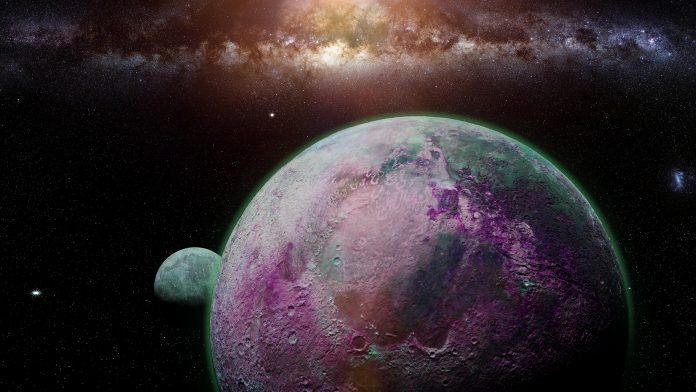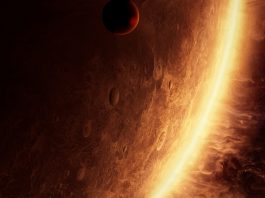Astronomers from the UCLA utilised an algorithm that enabled the discovery of over 300 exoplanets, as well as a distinctive planetary system with two gas giants.
Astronomers from the UCLA have identified 366 new exoplanets, largely due to an algorithm developed by a UCLA postdoctoral scholar.
Among their most noteworthy findings is a planetary system that encompasses a star and at least two gas giant planets, each approximately the size of Saturn and are unusually located close to one another.
These discoveries are outlined in a paper published 24 November in the Astronomical Journal.
New exoplanet discovery
The term “exoplanets” is used to describe planets situated outside of our own solar system. The number of exoplanets that have been identified by astronomers’ is less than 5,000, meaning the identification of hundreds of new ones is a very significant advance. Researching such a large group of exoplanets could help scientists better understand how other planets form and how their orbits evolve. It could also provide new insights into how unusual our solar system is.
“Discovering hundreds of new exoplanets is a significant accomplishment by itself, but what sets this work apart is how it will illuminate features of the exoplanet population as a whole,” said Erik Petigura, a UCLA astronomy professor and co-author of the research.
The paper’s lead author, Jon Zink, received his doctorate from UCLA in June and is currently a UCLA postdoctoral scholar. He and Petigura, as well as an international team of astronomers under the mission’s name Scaling K2 project, identified the exoplanets using data from the NASA Kepler Space Telescope’s K2 mission.
Planet detection algorithm
The discovery was achieved through a new planet detection algorithm that was developed by Zink. One challenge with identifying new planets is that reductions in stellar brightness may originate from the instrument or from an alternative astrophysical source that mimics a planetary signature. Deciphering which ones are which requires extra investigation, which traditionally has been extremely time consuming and only possible through visual inspection. Zink’s algorithm however is able to separate which signals indicate planets and which are merely noise.
“The catalogue and planet detection algorithm that Jon and the Scaling K2 team came devised is a major breakthrough in understanding the population of planets,” explained Petigura. “I have no doubt they will sharpen our understanding of the physical processes by which planets form and evolve.”
Kepler’s original mission came to an unexpected halt in 2013 when a mechanical failure left the spacecraft unable to remain pointed at the same precise location in the sky that it had been observing for years.
However, astronomers repurposed the telescope for a new mission known as K2, whose objective is to detect exoplanets located near distant stars. The data produced from K2 is helping scientists to better understand how stars’ location in the galaxy influences what kind of planets are able to form around them. Unfortunately, the software utilised by the original Kepler mission to identify possible planets was unable to handle the complexities of the K2 mission. This included the inability to determine the planets’ size and their location relative to their star.
Previous work by Zink and collaborators introduced the first fully automated pipeline for K2, with software to discover likely planets in the processed data. For the new study, the researchers used the new software to analyse the entire dataset from K2. This encompassed about 500 terabytes of data comprising of more than 800 million images of stars, used in order to create a “catalogue” that will soon be incorporated into NASA’s master exoplanet archive. The researchers used UCLA’s Hoffman2 Cluster to process the data. In addition to the 366 new exoplanets the researchers identified, the catalogue lists another 381 planets that had been previously identified.
The significance of these discoveries
Zink expressed that the findings could be a significant step toward in helping astronomers to better understand which types of stars are most likely to have planets orbiting them, and what that indicates about what is required for successful planet formation. “We need to look at a wide range of stars, not just ones like our sun, to understand that” he added.
The discovery of the planetary system with two gas giant planets is also significant due to the rarity of discovering gas giants, such as Saturn in our own solar system, as close to their host star as they were in this case. The researchers are not yet able to explain why it occurred there, but Zink said that makes the finding especially useful as it could help scientists form a more accurate understanding of the parameters for how planets and planetary systems develop.
“The discovery of each new world provides a unique glimpse into the physics that play a role in planet formation,” Zink expressed.









